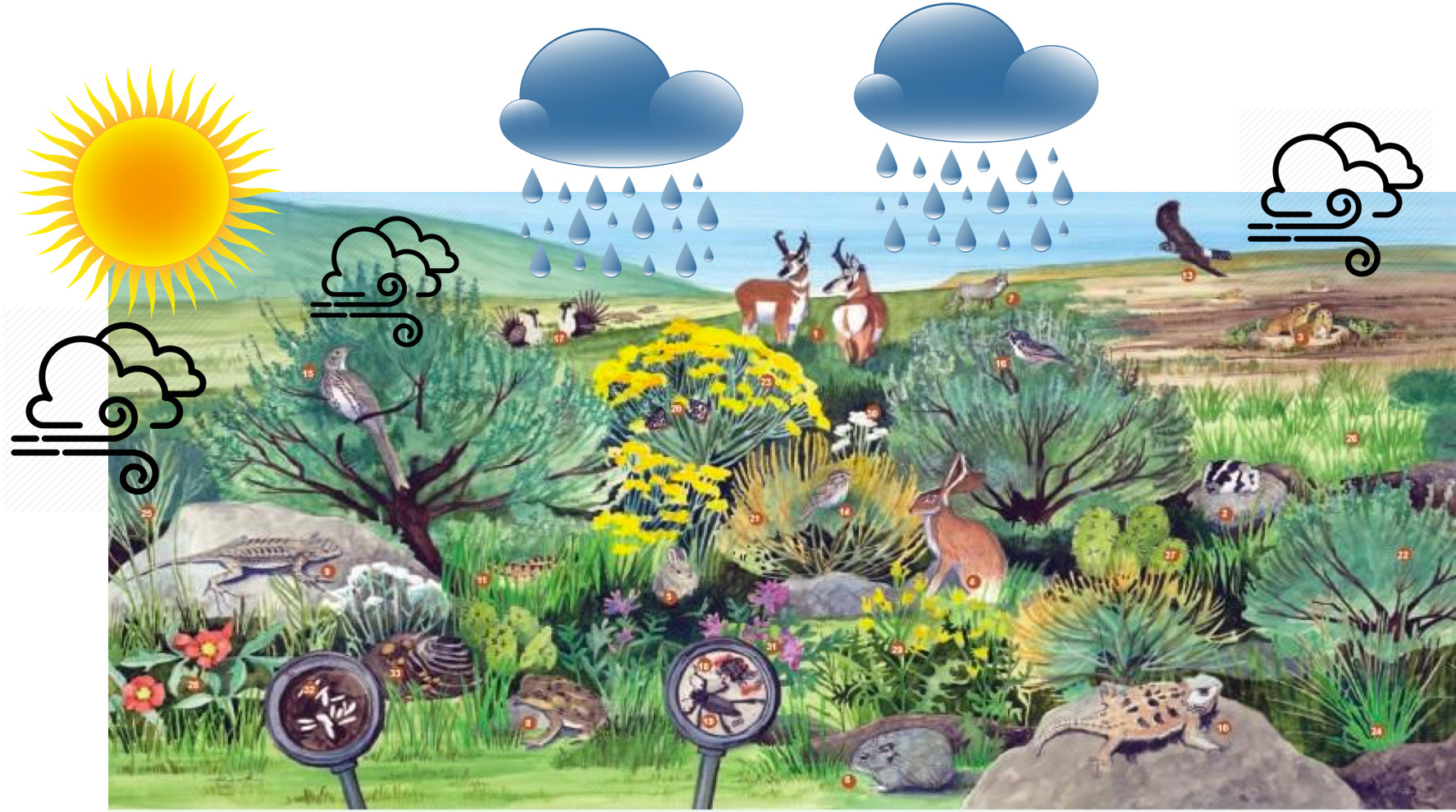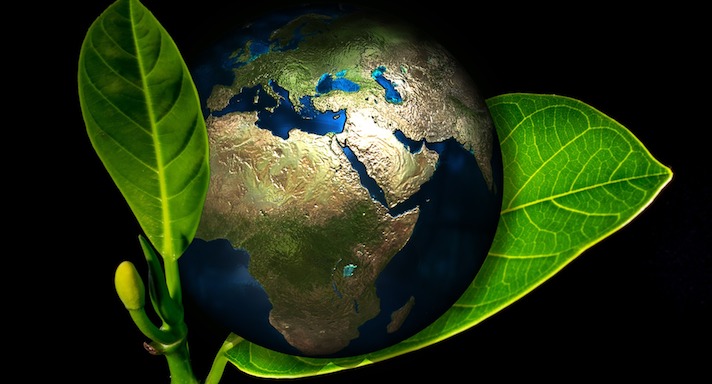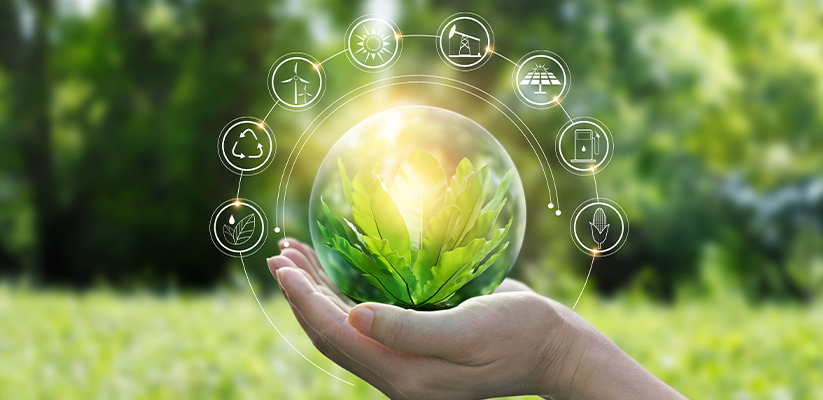The State of US Ecology
Ecology – it’s not just a segment in your science textbook; it’s the intricate web of relationships between living organisms and their environment. In the context of the United States, preserving ecology is akin to cherishing the country’s tapestry of natural beauty, from the mighty sequoias of California to the swamps of Florida and the peaks of the Rockies. This is a narrative not just about bald eagles and national parks but one intrinsically tied to public health, economy, and the global environment.
For eco-enthusiasts, environmentalists, policy-makers, and the general public, understanding and engaging with US ecology is crucial now more than ever. It’s about recognizing the challenges, seizing opportunities for change, and envisioning a cleaner, greener future. Here is a deep dive into the dynamic state of US ecology and how each of us can shape its course.
Gauging Our Green Footprint
The US ecological landscape today is painted with the pigments of paradox. On one canvas, the brushstrokes capture the vastness of conservation efforts, from the steady revival of American Bison populations to ambitious renewable energy initiatives that punctuate the plains with wind turbines and roofs with solar panels.
Yet, on the other canvas, the brush touches with a darker tone, illustrating the grim realities of air and water pollution, the unequivocal warming of the climate, and the sobering statistics that announce the accelerating loss of biodiversity.

Policy as a Palette
Recent shifts in leadership shades these paintings further, as policy has a profound impact on ecological preservation. The rollbacks of environmental regulations have caused a ripple effect, empowering some and disheartening many. However, it’s all not lost; this period can also be seen as an era of advocacy, innovation, and grassroots movements that have emerged as a color corrector in the canvas of US ecology.
The Role of Individuals and Communities
Small Actions, Big Impact
Change begins with us. The significance of individual actions, when compounded, is monumental. From saying no to single-use plastics to making informed consumer choices, millions of small ripples can forge a significant tide.

Community as a Catalyst
Communities are hotbeds of innovation and change. In the context of ecology, local initiatives often lead to groundbreaking milestones. The story doesn’t stop at recycling drives; it extends to community gardens, bike-sharing programs, and waste-to-energy projects that redefine the waste narrative one neighborhood at a time.
Innovations in Ecology Preservation
The Technological Edge
Science and technology are not just bystanders in the play of ecological preservation but are central characters. Innovations in these sectors are providing us with tools to reverse or mitigate environmental damage. The exponential growth of renewable energy, the evolution of biodegradable materials, and the development of precision conservation techniques — these are the triumphs of human ingenuity against the backdrop of ecological challenges.

A Scientific Advancement
The relentless pursuit of understanding our environment through ecology and biology has paved the way for integrated solutions that respect the intricate balance of ecosystems. It is this relentless curiosity and application of scientific knowledge that promises a harmonious melody in the concert of ecology.
Policy and Advocacy
The Legislative Ecosystem
Policy is the heartbeat of ecological preservation. Observing and participating in the shaping of these policies is the civic duty of every individual and advocate. We dissect the anatomy of environmental policies and scrutinize their effectiveness, gathering insight into the relationship between regulations and ecological health.
Advocation as Action
Environmental advocacy is not just a niche arena; it’s a bustling stadium where stakeholders from all walks of life come to play. From passionate lobbyists and grassroots activists to scholarly think-tanks, we witness the confluence of ideas, action, and resilience. It is this immense pressure and persistence that sway decisions, redefine agendas, and, ultimately, change the course of ecological history.

The Future of US Ecology
A Glimpse Beyond the Horizon
The trend lines in ecological preservation are encouraging. The meteoric rise of eco-conscious consumerism, the proliferation of sustainable business models, and the fervent calls for global cooperation paint a hopeful picture. The individual and collective mindsets are shifting towards a greener path, one that recognizes the interdependence of all life on Earth.
A Pledge for Preservation
The future calls for commitment. Continuing and amplifying the efforts of the past, we pledge to steer the course of US ecology towards a sustainable and robust future. It is a call to innovation, investment, and resilience — to forge an ecological legacy that we can be proud to pass on to future generations.
Check out How How Poison Ivy Reflects Climate Change
Frequently Asked Questions (FAQ)
What is the Current State of US Ecology?
The US ecology is at a crossroads, featuring both significant advancements in conservation and renewable energy, and challenges like pollution and biodiversity loss. The balance of these aspects is constantly evolving, influenced by policy decisions, technological innovations, and community actions.
How Can Individuals Contribute to Ecological Preservation?
Every action counts. Individuals can contribute by reducing their use of single-use plastics, opting for sustainable products, conserving water and energy, and supporting eco-friendly businesses. Participation in local ecological initiatives and advocacy for environmental policies also play a crucial role.
Why is Policy Important in Ecological Preservation?
Policy shapes the framework within which conservation efforts operate. It can provide the necessary regulations and incentives for protecting natural habitats, controlling pollution, and promoting sustainable practices. Engaging with policy enables individuals and communities to influence the direction of ecological preservation efforts.
How Do Technological Innovations Aid in Ecology Preservation?
Technological advancements offer new tools for mitigating environmental damage and promoting sustainability. From renewable energy solutions and biodegradable materials to precision agriculture and conservation techniques, technology enhances our ability to address ecological challenges effectively.
Can Community Initiatives Really Make a Difference?
Absolutely. Community initiatives often lead the way in innovative ecological solutions, from recycling programs to community gardens and local conservation projects. These efforts not only contribute to ecological preservation but also foster a sense of shared responsibility and community resilience.
What Does the Future of US Ecology Look Like?
The future holds promise, driven by increasing eco-conscious consumerism, sustainable business practices, and a growing emphasis on global cooperation for environmental preservation. With continued commitment and innovation, the shift towards a more sustainable and resilient ecological landscape is achievable.
How Can I Stay Informed and Engaged with Ecological Issues?
Staying informed can involve following reputable environmental news sources, joining ecological advocacy groups, attending educational workshops, and participating in community events. Engaging in discussions, sharing knowledge, and advocating for environmental issues are key steps toward making a tangible difference.
For more Information about: The Tapestry of US Ecology Check this out
Conclusion
Understanding and nurturing the tapestry of US ecology is not just an environmental responsibility; it is a call to safeguard public health, support sustainable economies, and shape a global environment that is both resilient and respectful of the natural world. Each of us, whether we are eco-enthusiasts, environmentalists, policy-makers, or every-day citizens, has a unique role to play in this narrative. By staying informed, engaging in advocacy, and making conscious choices, we can weave a story of ecological preservation that is nothing short of inspirational.



